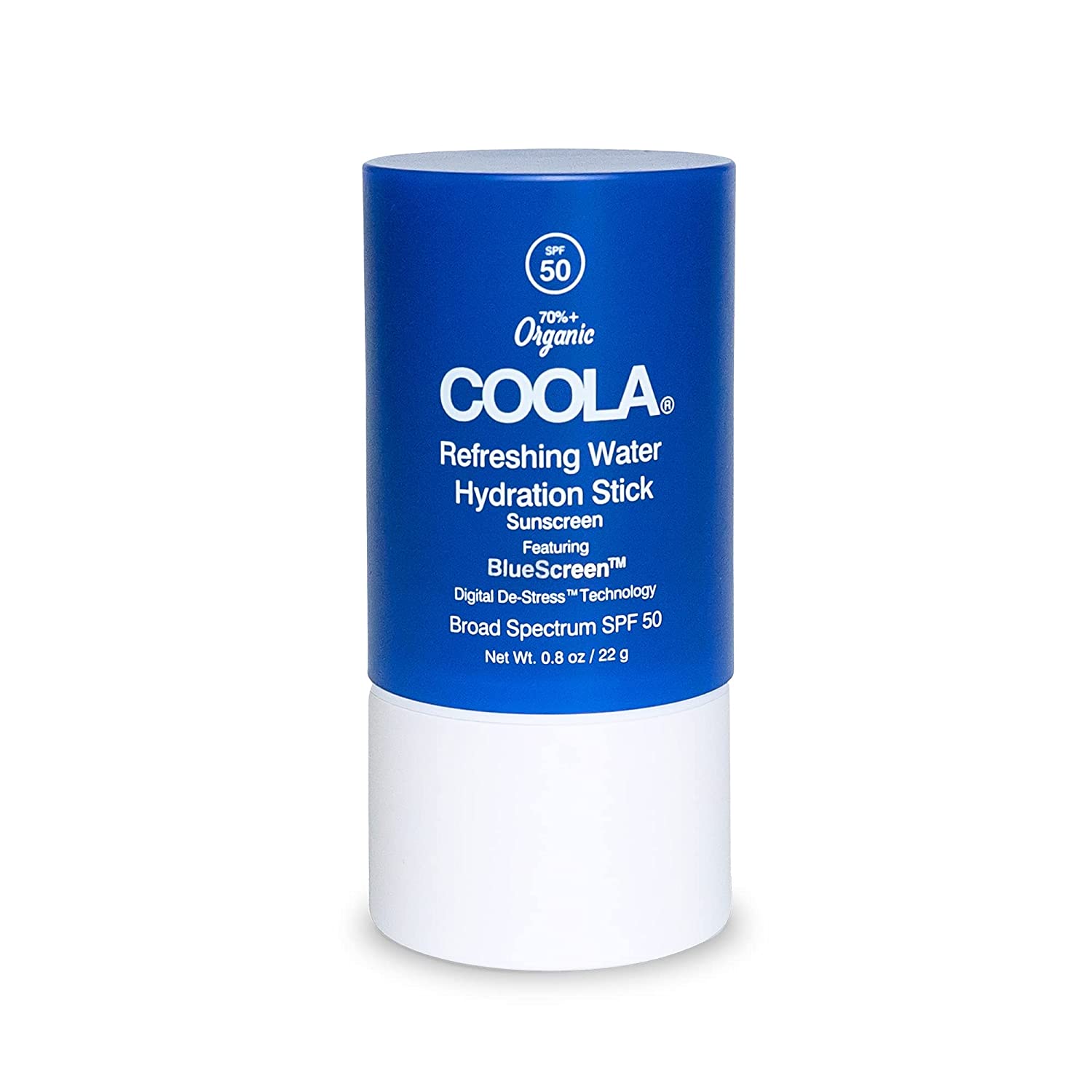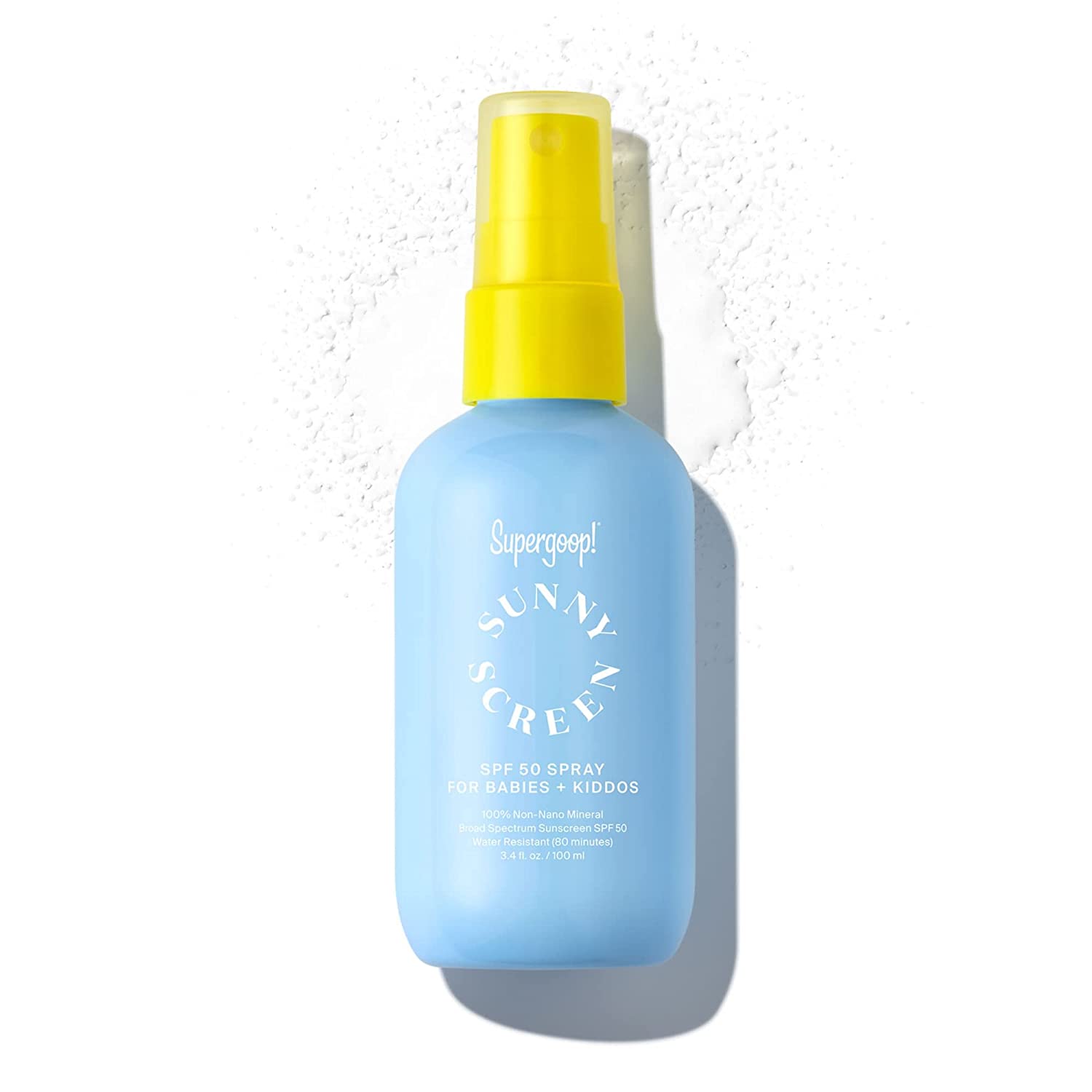Beauty lovers know that the most challenging part of traveling with just a carry-on is toting your skin-care arsenal. And while you can decant your moisturizer and conditioner into those teeny, TSA-friendly containers, it’s important to know that there’s one thing you should never, ever transfer: your sunscreen.
That’s because the new container can cause the sunscreen to degrade, making it less effective, explains Michelle Wong, PhD, a cosmetic chemist in Sydney, Australia. And since the point of SPF is to protect your skin, the last thing you want to do is compromise its efficacy—which, yes, can happen over the course of a quick weekend trip. For example, “a cosmetic scientist Ava Perkins tested some mineral sunscreens and found that it only took a few days for some of the samples to harden, so changes can happen quite quickly,” says Dr. Wong.
View this post on Instagram
Learn about the three different reasons why putting your sunscreen in a travel container is a big no-no, and browse a few travel-friendly (and Amazon Prime-eligible!) sunscreen options.
Why you should never decant your sunscreen
1. It can react with the container
“Lots of ingredients in sunscreens are good solvents, so they can often react with plastics or soak into it,” says Dr. Wong. “This means what’s left in the sunscreen lotion will be different, and how it spreads on the skin will change. So you might not end up with the same level of protection as before.”
2. It doesn’t have as good of protection against sunlight and air
“The container your sunscreen came in might be designed to protect the sunscreen from air and light, so the new container might not work as well,” says Dr. Wong. “The light can break down some of the ingredients or cause separation of the emulsion, which means the sunscreen might not protect as well as it should.”
3. You can potentially contaminate the sunscreen
Pulling out a dusty container and swishing around some hot water isn’t enough to prep a travel container for SPF. That’s because any microbes present also have the power to degrade your sunscreen’s efficacy. “As well as potential reactions and changing the composition of the sunscreen, putting your sunscreen in a travel container can introduce microbes that might contaminate the sunscreen.”
5 travel-friendly sunscreen options
IMO, the best travel skin-care options are stick formulas. They’re totally solid, meaning they’re measured in ounces, not fluid ounces, so they don’t count toward your liquid quota. This stick from EltaMD is a mineral sunscreen made for the face and body that provides over SPF 50 protection.

If you prefer chemical formulas over mineral ones, this stick from Coola is perfect. It provides SPF 50 protection with a totally clear and hydrating finish. It’s packed with hyaluronic acid and coconut water so it goes on cool and slick, feeling amazing on skin that’s hot from the sun. Plus, it has a proprietary blend of antioxidants and plant-derived actives that help protect your skin from blue light.

If you want a traditional lotion, this one from Kinfield is perfect. Weighing in right at the TSA-approved 3.4 fl oz, you’ll have a full bottle of water-resistant, reef-safe mineral sunscreen with SPF 35 protection. As a mineral sunscreen, it has a bit of a white cast when applied but rubs into the skin to become nearly invisible. It also has hydrating glycerin and soothing aloe.
<!– –>

If you want to up your protection, reach for this chemical sunscreen from Neutrogena that’s got SPF 70 protection. Because it’s a chemical formulation, it’s totally sheer so you don’t have to worry about any white cast. Plus, it’s lightweight and won’t leave your skin feeling greasy.

If you’re traveling with kids (or just like an SPF spritz yourself), keep this Supergoop! speay on hand. It’s a 100 percent mineral formula designed for kids and babies. It’s free of potentially irritating ingredients like silicones, parabens, and fragrance, and is easy to apply (and reapply, and reapply).
